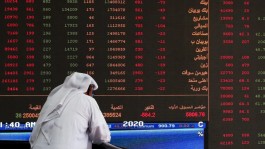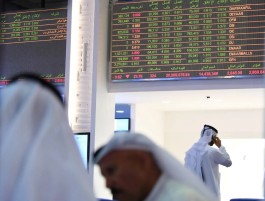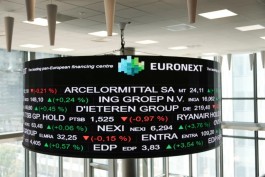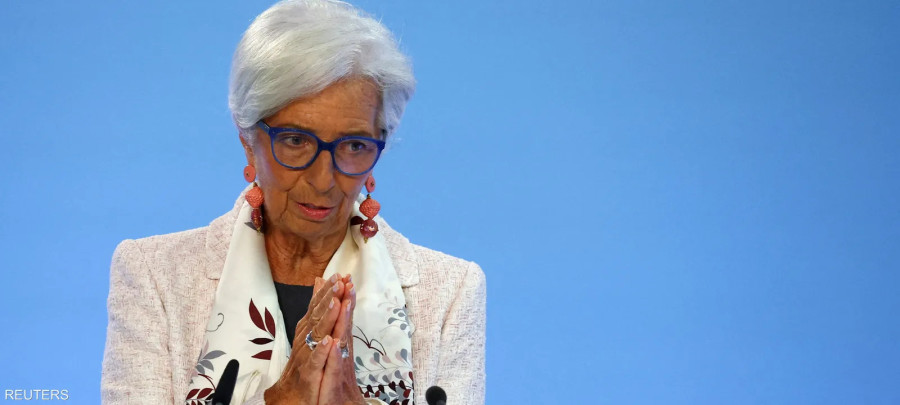Traders are increasing their bets on the extent of monetary easing that the European Central Bank will pursue during 2024, with policymakers believing that they may have tightened policy enough to return inflation to the target rate.
Markets are fully pricing in the European Central Bank cutting interest rates six times by a quarter point each time during 2024, a move that will cut its key interest rate by 150 basis points to 2.5%. The chances of the monetary easing cycle starting during the first quarter of next year increase by approximately 90%, a scenario that would have been difficult to contemplate just three weeks ago.
Although policymakers continue to warn about the threat posed by inflation, they also acknowledge that there is probably no need to raise interest rates further beyond 4%.
Isabel Schnabel, one of the most hawkish members of the European Central Bank's executive board, said in a recent interview with Reuters that the decline in inflation was noticeable and encouraging.
Gareth Isaac, head of multi-sector portfolio management at Invesco, said the European economy has deteriorated steadily over the past 12 months, amid tightening financial conditions. Labor markets are expected to decline next year, providing the European Central Bank with the necessary cover to begin cutting interest rates sharply as inflation falls to target.
The end of the interest rate hike phase
Yesterday, Wednesday, the Econostream media quoted Martins Cazacs, a member of the Governing Council of the European Central Bank, as saying that although there is no need to cut interest rates in the first half of 2024, the policy decision may change if the balance of risks related to price stability changes.
François Villeroy de Galhão, considered a neutral, also said last week: Regardless of shocks, the period of raising interest rates is now over, and he also spoke of the possibility of lowering them next year.
A slew of ECB comments acknowledging progress in curbing inflation comes days after data showed euro zone consumer prices grew by a lower-than-expected 2.4% in November, year-on-year, compared to 5.3% in August. This is closer to the European Central Bank's 2% target than at any time since mid-2021.
At the same time, economic data shows further signs of decline, as German factory orders fell unexpectedly during October, highlighting the continuing state of chaos facing the manufacturing sector in Europe 's largest economy.
If traders are right, the ECB will be the first of the major central banks to cut interest rates next year, and will deliver a more aggressive easing cycle.
The Federal Reserve is expected to take the first steps to cut rates next May, cutting them by 125 basis points. In the UK, markets currently expect the Bank of England to make three interest rate cuts of a quarter of a percentage point starting in June, with the chances of a fourth cut increasing by 40%. This comes compared to expectations of it being cut twice just a month ago.
In Australia, interest rate markets have shifted from betting on raising interest rates again by mid-2024 to increasing the chances of a rate cut by more than 75% by then. Even New Zealand's central bank, which said last week it may need to raise interest rates next year, believes it will cut aggressively by May.
The view that the European Central Bank and other major central banks will have to ease monetary conditions to support their economies next year has helped boost bonds. The yield on German 10-year bonds fell by about 80 basis points to 2.23% over the past two months, the lowest level since May.




































